The digital transformation we all went through during the confinement period is a result of the positive impact of technology in this sector
Telemedicine: challenges and opportunities, what’s next?
A historic global pandemic, exponential advances in medical science, an explosive proliferation of digital technologies, an acceleration of care and disease prevention – the last two years have undoubtedly been an intensive stress test for the healthcare sector.
The digital transformation we all went through during the confinement period is a result of the positive impact of technology in this sector, with telemedicine and artificial intelligence-enabled medical devices being just some examples that are changing the way we interact with healthcare professionals. We can thus state that the healthcare sector was totally revolutionised in 2020 and 2021. Most organisations felt the need to adopt new and disruptive solutions, increasingly focused on patient proximity and precision medicine. Medical teams have also had to adapt to a reality never experienced before, overcoming barriers associated with medicine in the digital format, as in the cases of telemedicine and video consultations.
Proof of this transformation and digital acceleration in the health sector is the exponential growth that these technologies showed during the confinement. In 2020, 18.5 million non-face-to-face consultations (in primary healthcare) were carried out, double the number recorded the previous year. By May 2021, 9.3 million remote consultations were carried out in the same units, a figure that again represents a growth of almost 60% year-on-year, according to SNS data. In addition to these figures for remote consultations in health centres, telemedicine consultations in hospital health units should be considered, which, according to data from the Transparency Portal in 2020, approached 50,000. By the end of May this year, they had almost reached 150,000, numbers that demonstrate the weight that this alternative has gained nationally.
It is thus unequivocal that telemedicine and video-consultations have brought benefits to the health sector, more notably in a period when access to face-to-face health care was limited. Telemedicine and video consultation bring patients and their medical teams closer together, which is especially relevant for citizens located in more remote areas and with accessibility or mobility challenges.
However, it is important to bear in mind that there is still a long way to go. It is necessary to empower video-consultation with tools that extend its possibilities of clinical assessment, increasing the potential of this approach. In order to continue improving the quality of remote healthcare, it is the responsibility of each organisation to define user-friendly digital tools and to promote digital and health literacy, so that each patient has the ability to manage their health through the monitoring of a professional in the sector.
In this direction, Big Data, the growing number of wearables, and the use of Artificial Intelligence also promise to revolutionise medical care through the improvement of productivity and efficiency, assisting in prevention and treatment so as to bring better results in monitoring, in patient experience, and in access to health services.
Regarding hospital management, Artificial Intelligence can also help managers in decision-making by analysing information and cross-referencing data available in the various information systems. This may help managers to implement the most effective strategies based on analysis of emergency episodes, combined with reports of influenza activity in the same years, for example. With this prior knowledge, responses to viral disease situations such as Covid-19 and influenza can be planned in advance in an efficient and more effective manner, allowing the need for allocation of a certain number of health professionals and beds to be anticipated, as well as predicting the consumption of medicines.
Medicine today is practised under the evidence-based paradigm. This paradigm, which extends to precision medicine or care, should underpin any type of care as is the case with digitally delivered care. Digital health and its ecosystem allow closer and more proactive monitoring, different from the model of face-to-face consultation as the main point of interaction; this should not, however, neglect the assessments necessary and required in the approach to the various clinical situations. These disruptive digital tools should serve to facilitate and support the quality of care, rather than to make things easier for us, which may have a deleterious impact on people’s health, whether considered in isolation or in the community.
It is crucial that every effort is made to advance towards a more sustainable future. Presenting digital health as transparent, simple, and fair may be the first step towards making this new reality co-financed. Technology will be the pillar of the entire sector In the coming years, aiming to streamline the work of doctors, optimize systems, improve patient outcomes, reduce human error, and ensure the principle of equity, benefiting all citizens without exception and without marginalizing those who are at great distances from major urban centres or who face greater economic difficulties, reducing costs through virtual experiences.
The future is now. Are you ready?

